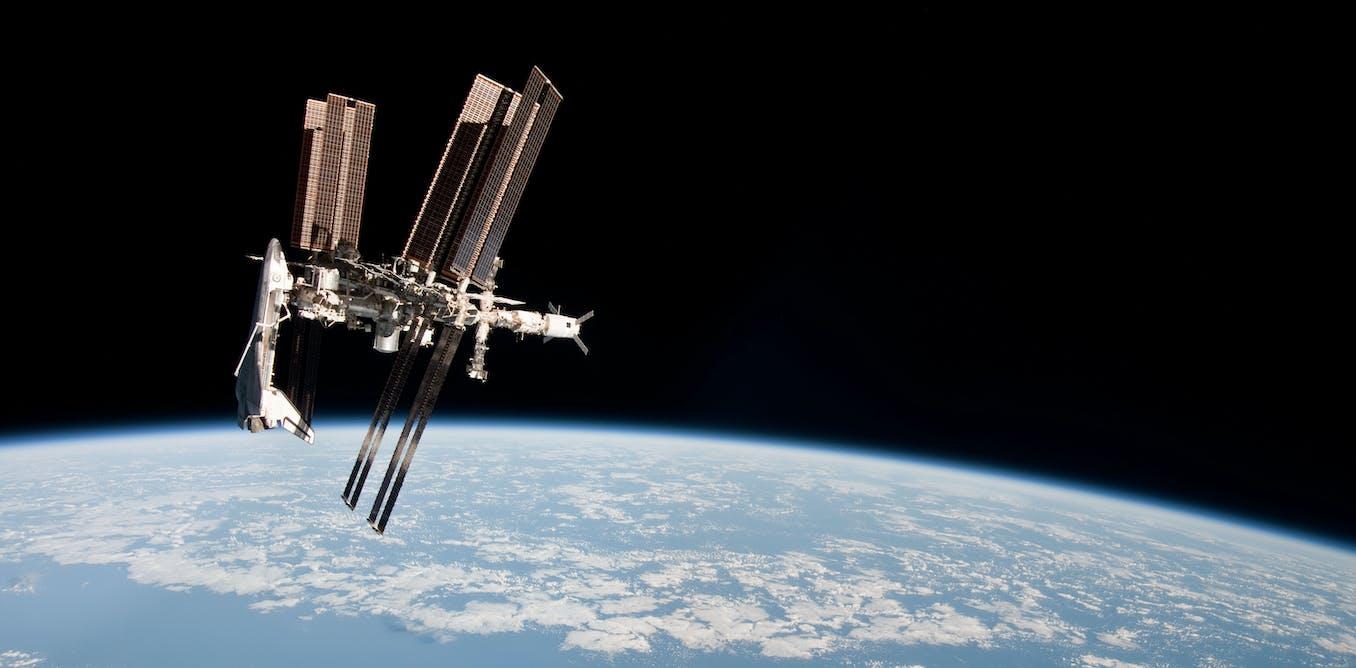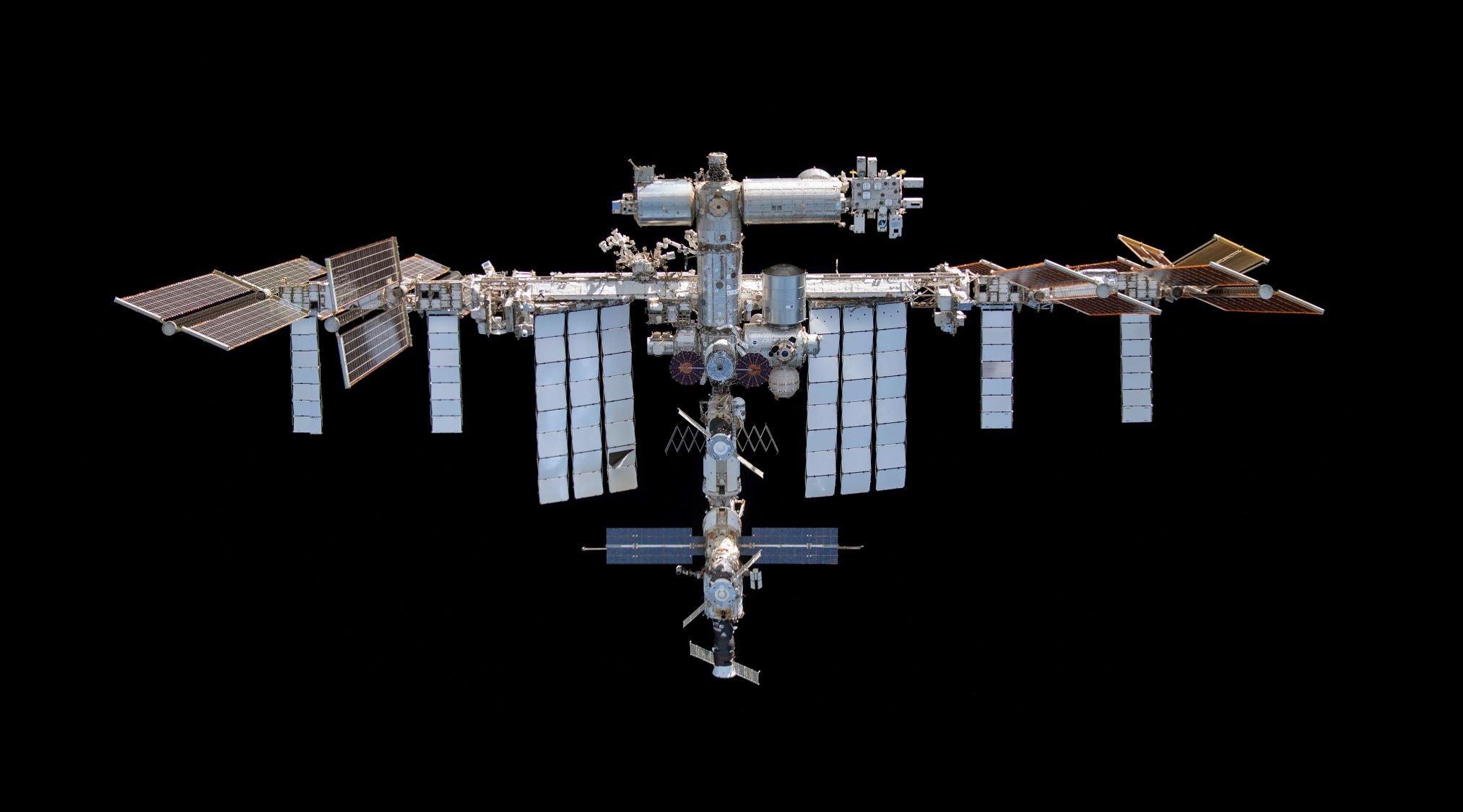What are some of the unique challenges of reproduction in space?
One of the unique challenges of reproduction in space is the impact of microgravity on the fertilization and development of embryos. In a weightless environment, sperm and eggs may not be able to fuse properly, and the lack of gravity could hinder the formation of a blastocyst. Scientists and engineers are working on solutions to create artificial gravity chambers or centrifuges that can simulate Earth’s gravity and provide the necessary environment for successful reproduction in space.
How does microgravity affect bone and muscle loss, and what are the implications for reproduction in space?
Microgravity has a significant impact on bone and muscle loss in astronauts, and this has implications for reproduction in space. Without the constant pull of gravity, bone density decreases, and muscles weaken. This could affect the ability to carry a pregnancy to full term and may also impact the physical strength required during childbirth. Additionally, the development of the fetus in a microgravity environment may be compromised due to the lack of resistance and stimulation for proper bone and muscle growth.
What role does exercise, diet, and medication play in preventing bone and muscle atrophy in space? How are these approaches different from those on Earth?
Exercise, diet, and medication play crucial roles in preventing bone and muscle atrophy in space. Astronauts are prescribed more than two hours of exercise per day, including high-intensity resistance workouts, to maintain their musculoskeletal systems. A well-balanced diet, rich in nutrients, helps support bone health and muscle function. In terms of medication, researchers are exploring the use of drugs that prevent bone turnover, which have shown success in preventing bone atrophy in both space and on Earth. These approaches differ from those on Earth because the unique environment of space requires specific adaptations to counteract the effects of microgravity.
Full summary
Private space-launch companies aiming to create civilizations off Earth have sparked a new era of space exploration. As humanity looks beyond our home planet, questions arise about the ability to conceive and develop in space. Concepts like 'top' and 'bottom' lose their physical meaning in microgravity, necessitating a reimagining of traditional notions of intimacy and reproduction.
Proposed solutions, such as the 'unchastity belt' and 'snuggle tunnel,' illustrate creative attempts to address the unique challenges of reproduction in space. These concepts aim to provide privacy, comfort, and protection while allowing for the physical and emotional bonding necessary for successful reproduction.
One of the primary concerns surrounding reproduction in space is the potential impact of bone and muscle loss on the reproductive process. The human body evolved within the constant pull of Earth's gravity, and without proper exercise, astronauts experience bone and muscle atrophy during their stays in space. To combat this, NASA researchers prescribe more than two hours of exercise per day for astronauts aboard the International Space Station. This not only ensures their fitness for work but also helps maintain bone and muscle strength crucial for reproduction.
Research on the effects of microgravity on bones and muscles in space plays a vital role in understanding the mechanisms causing muscle and bone atrophy. By comparing astronauts in space to subjects on Earth, scientists have been able to gain insights into the likelihood of bone fractures and the effects of prolonged exposure to microgravity. The search for treatments for bone atrophy in space also overlaps with research on bone loss associated with osteoporosis on Earth. This dual approach benefits both astronauts and people on Earth, as drugs preventing bone turnover have shown success in preventing bone atrophy in both environments.
Exercise, along with a well-balanced diet, is essential for preventing bone and muscle atrophy. High-intensity resistance workouts have proven to be the most effective in reducing bone and muscle loss. The Advanced Resistive Exercise Device (ARED) on the International Space Station allows astronauts to perform these high-intensity workouts, helping them maintain their musculoskeletal systems. Additionally, research continues to determine the right combination of diet, exercise, and medication to protect against bone loss.
While understanding the physiological aspects of reproduction in space is crucial, studying the psychological and social dimensions is equally important. The scientific study of extraterrestrial intimacy and sexuality is an emerging field known as space sexology. Scholars and researchers have delved into the cultural, psychological, and physiological aspects of human sexuality in space. However, there is a lack of research on human sexuality and intimacy in the context of space exploration, prompting calls for more comprehensive studies.
As discussions around space sexology continue, organizations like NASA have started to recognize the importance of studying sexuality in space. NASA's acknowledgment indicates a potential change in stance on this topic, further underscoring the need for collaboration and research in the field of space sexology. By embracing a progressive, sex-positive agenda and creating guidelines for intimacy and sexuality in space, space organizations can foster a safe and healthy environment for astronauts.
Edelbroek, CEO of SpaceBorn United, aims to contribute to the understanding of human reproduction in space by sending a mini lab into low Earth orbit. This mini lab will replicate different gravitational environments to study the development and fertilization of embryos. The ultimate goal is to lay the groundwork for future space settlements and enable humans to thrive beyond Earth.
In another groundbreaking study, researchers explored the biochemistry behind the loss of bone and muscle mass in astronauts during extended spaceflight. By focusing on two signaling proteins, myostatin and activin A, they discovered that blocking these proteins showed protective effects on muscle and bone mass. This research not only has implications for preserving astronaut health during space missions but also offers potential treatments for muscle atrophy and bone loss on Earth.
The journey towards understanding human reproduction in space is a complex and multifaceted one. It requires collaboration between scientists, space organizations, and astronauts themselves. By studying the challenges, embracing new technologies, and exploring the physical and psychological dimensions of reproduction in space, we can pave the way for a future where humanity can thrive beyond the confines of Earth.
As we continue to push the boundaries of space exploration, the mysteries of human reproduction in space are slowly being unraveled. The combined efforts of researchers, scientists, and space organizations are bringing us closer to understanding the unknowns and breaking the barriers of reproduction in the cosmos. The exploration and study of human reproduction in space hold the potential to not only reshape our understanding of life beyond Earth but also provide insights and advancements that can benefit humankind on our home planet. With each new discovery, we inch closer to a future where the boundaries of human reproduction are boundless.












